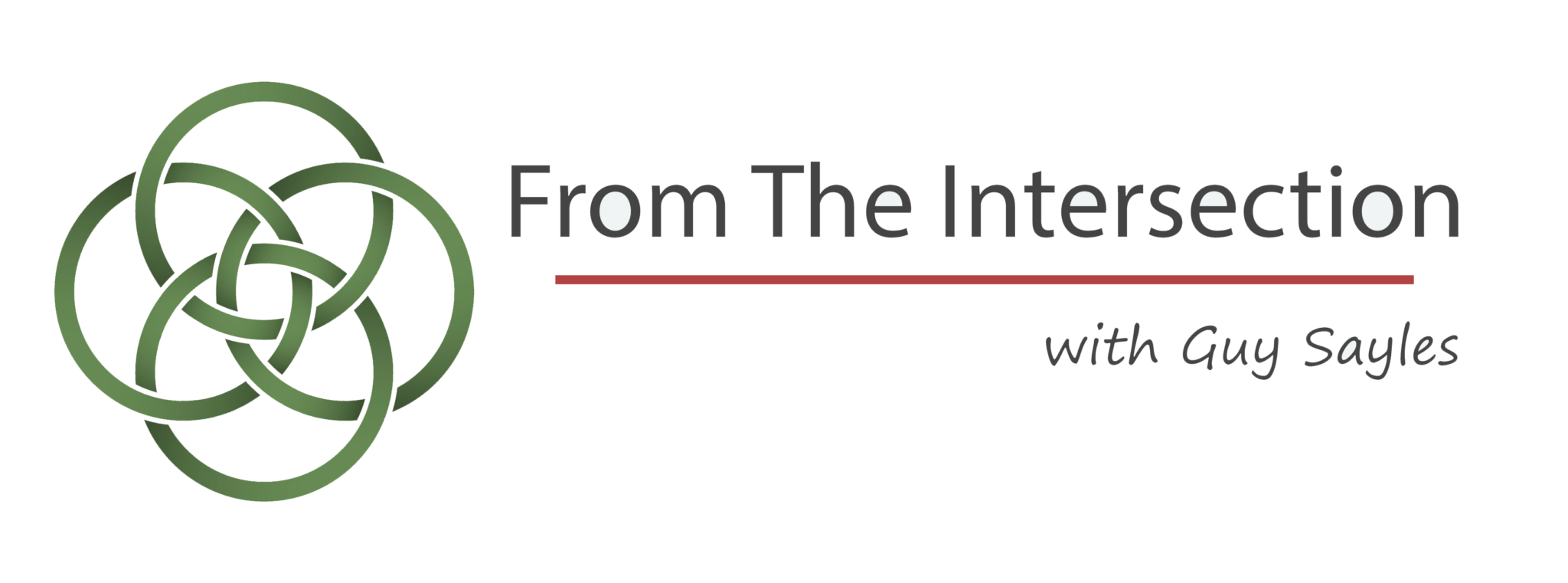
I lay down in the early afternoon of a sunny and cool Chicago Saturday. Anita and I were with our son, Eliot, and his fiancé, Tatyana. Later that day, the four of us would join several of Eliot’s and Tatyana’s friends for a relaxed informal dinner party at the home of their friends, Steven’s and Megan. It would be a late night. Since I’d taken a long walk just after dawn, I knew that I needed to rest a bit before we went.
At first, I alternated saying the “Jesus-prayer” and listening. Soon, I was drifting across the soft threshold between awake and asleep—and the harder one between my illusions of control and the reality of surrender. I felt what I imagine the Apostle Paul meant by “the peace that passes understanding.”
Then, I “heard” a voice (Voice? I think so): “This is what it’s like to die. There might or might not be increased pain or heightened distress, but ‘all shall be well.’” The voice echoed a few times and I descended into a deeper restfulness.
This experience, like others I’ve had, is persuading me that dying is crossing the threshold of an open door. I think of it as the exit-way from incompletion and the entryway to completion and as the border crossing between the brokenness that remains and the wholeness that awaits.
More and more, I’m trusting the claim that the writer of the Letter to the Hebrews makes: Jesus “liberates those who had all their lives been bound in slavery by fear of death” (2:15). If we’re liberated from the fear of death, we’re also free to live fully and boldly here and now.
What if the gladdest and freest way to live is stay as near thresholds, in liminal spaces, as we can—to inhabit, as much as possible, the realities of in-between?
We are most alive and most available for transformation when we are on or close to life’s thresholds —not anxiously shrinking back from them and not proudly presuming we can go far past them. We go back and forth, living in the creative and revelatory tensions between speaking and listening, giving attention and receiving Attentiveness, knowing partially and being fully known, seeking and finding, emptiness and fulfilment, agony and ecstasy, provisional truths and Truth, death and life.
What if dealing with my limits is preparation for, and, to some extent, participation in liminality? What if exhaustion of the body and the will and weariness of spirit and heart take me to threshold between my old fears of never being and doing enough and the grace-filled reality that the Source of Abundance has already made me enough? What if my frantic, fearful search for acceptance leaves me, gratefully, crumpled and listless, at the doorstep of the House of Belonging and Belovedness?
And, what if paradoxes and “the tensions of the opposites” are koans and invitations to liminality? They aren’t puzzles to be solved or riddles to be answered. They are messengers and guides.
Maybe a metaphor for all of this is transfiguration. It happens in time but is an opening to beyond time. Transfiguration is a boundary experience: we stand in the force fields of what has been and what will be. We continue to live in the here and now, but we’ve seen the significance of what brought us to this moment, and we take hope from what beckons us beyond.
Discover more from From The Intersection
Subscribe to get the latest posts sent to your email.


Recent Comments